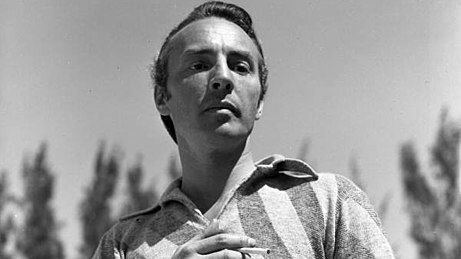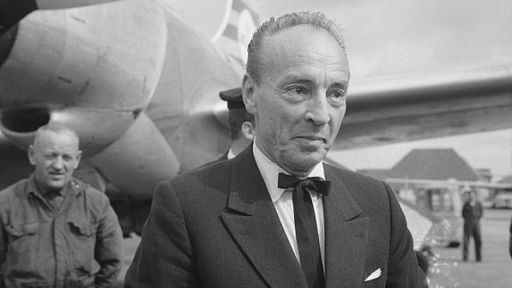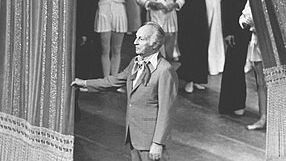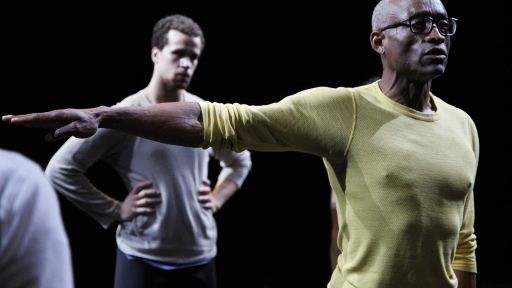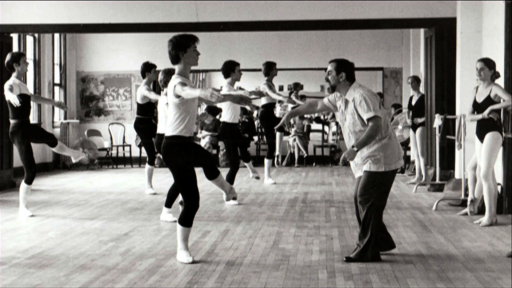By the time of his death on April 30, 1983, George Balanchine had created over 400 works and was recognized as a 20th-century master alongside Picasso and Stravinsky.
Here is the story of how the man born Georg Melitonovitch Balanchivadze in St. Petersburg, Russia in 1904 went on to become the artistic director and primary choreographer of the New York City Ballet:
The man who would one day rank among the greatest choreographers in the history of ballet came to the United States in late 1933 following an early career throughout Europe. His trip came at the invitation of Lincoln Kirstein, a Boston born dance connoisseur whose dream it was to establish an American school of ballet and company equivalent to those in Europe.
The first result of the Balanchine-Kirstein collaboration was the School of American Ballet, founded in early 1934. It later became known as the premier American ballet academy and breeding ground for the New York City Ballet, which Balanchine and Kirstein were to establish together after 14 more years, in 1948. Balanchine’s first ballet in this country was “Serenade,” set to music by Tchaikovsky, which was premiered outdoors on the estate of a friend near White Plains, New York, as a workshop performance by students of the school.
In 1935, Balanchine and Kirstein set up a touring company of dancers from the school and called it the American Ballet.
That same year the Metropolitan Opera invited the company to become its resident ballet, with Balanchine as the Met’s ballet master. On October 11, 1948, Morton Baum, chairman of the City Center finance committee, saw Ballet Society, formed two years earlier by Balanchine and Kirstein, in a City Center Theater program that included “Orpheus,” “Serenade” and “Symphony in C” (a ballet Balanchine had created for the Paris Opera Ballet under the title “Le Palais de Cristal” the previous year).
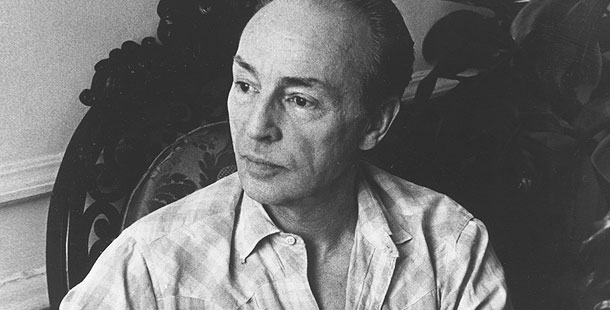
Baum was so impressed that he negotiated to have the company join the City Center municipal complex. Balanchine’s talents had found a permanent home. That home was to become known as New York City Ballet and Balanchine would serve as its artistic director until his death in 1983.
With a company initially strapped for cash, Balanchine eschewed elaborate costumes and sets and presented his dancers in practice clothes, an innovation he continued to use for selected ballets long after money was no longer an issue. Among the “practice-clothes ballets” in the Balanchine repertory: “Agon,” “Episodes,” “Ivesiana,” “Kammermusic No. 2,” and more than 20 Stravinsky/ Balanchine collaborations.
At this time, he also choreographed “The Nutcracker,” New York City Ballet’s first full-length ballet and an enduring popular success.
Although it took a long while for New York City Ballet to become a popular company, by the time Lincoln Center for the Performing Arts opened in 1964, Balanchine’s reputation was established and he was ready to reach a larger audience on a larger stage.
To many observers who followed New York City Ballet through the lean years, the opulent and elaborate productions that began to emerge at the New York State Theater must have seemed out of character. For those, however, who realized that Balanchine had dreamed of creating for America what the Maryinsky had been for Russia, the development was perfectly logical, and ballets such as “Don Quixote,” “Union Jack,” “Jewels,” and “Vienna Waltzes” soon followed.
The legacy left by Balanchine when he died remains as profound as it is extensive.

